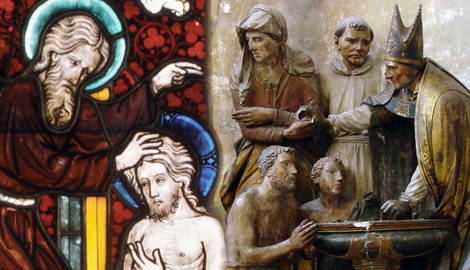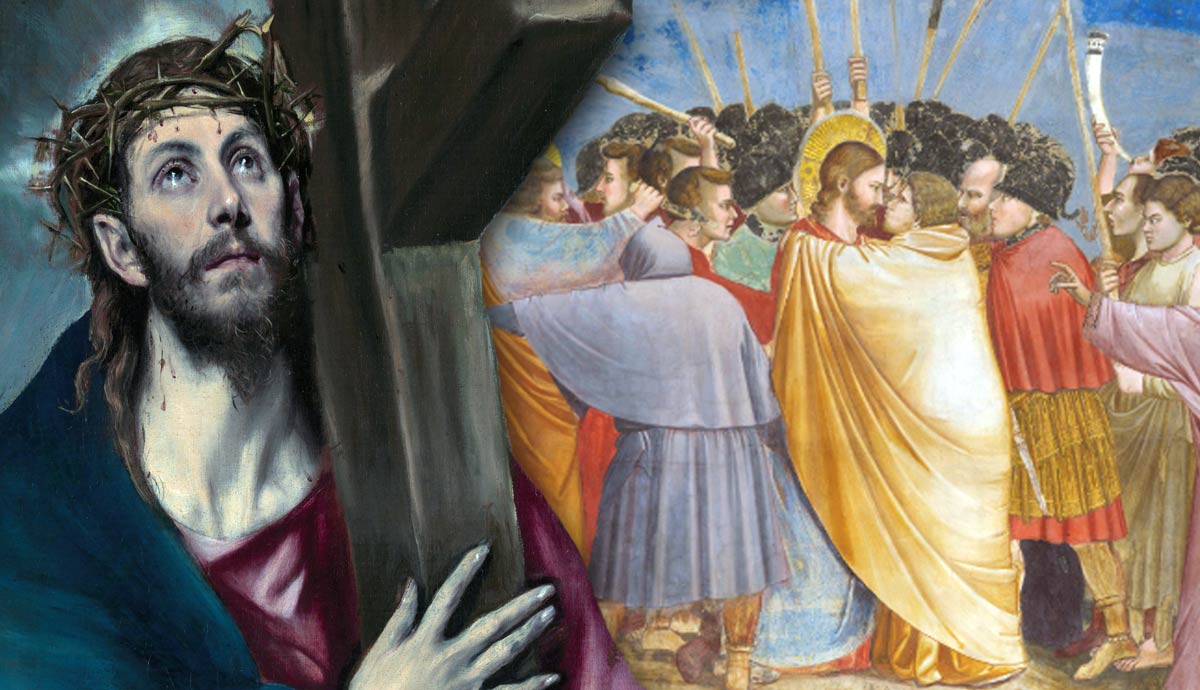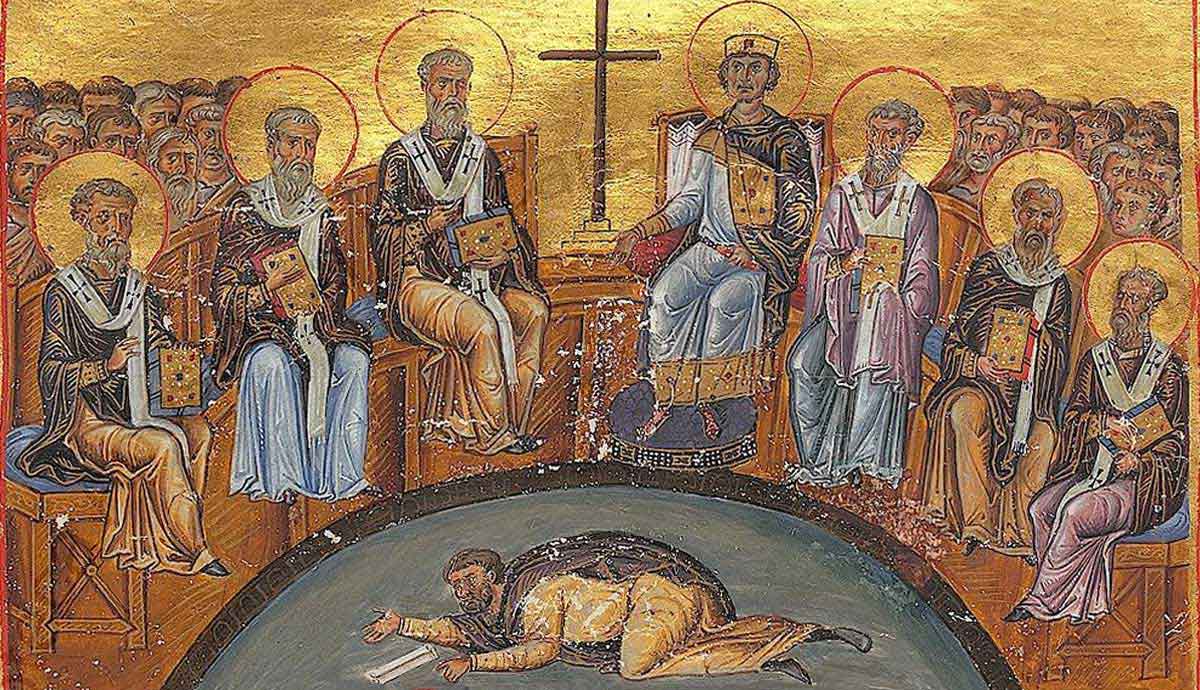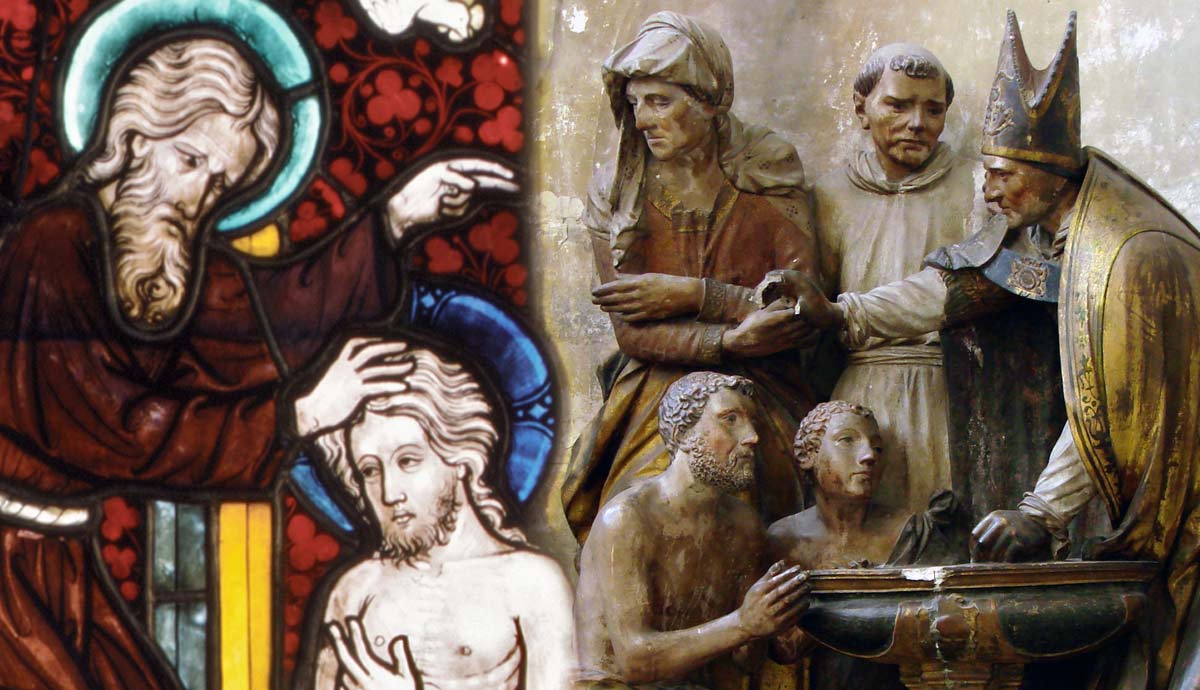
Baptism is a Christian sacrament that marks the initiation into Christian life in most denominations. It symbolizes cleansing, death, and resurrection into a new life. Though a New Testament institution, it has antecedents in Old Testament cleansing rituals. Baptism takes several forms in Christianity, ranging from sprinkling of infants to single or multiple immersions depending on denominational tradition, beliefs on Original Sin, and whether baptism is a sacrament or an ordinance. Regardless of these differences, baptism is one of the most important events in the life of a Christian believer.
Antecedents to Christian Baptism

In the Old Testament, the Israelites had several ritual purification practices that involved water. These purification rituals typically changed the person from an unclean to a purified state.
There were at least six instances that required purification by water. The first was for bodily discharges. These discharges include the emission of semen, menstruation, and other abdominal flows. They all require bathing in water (Leviticus 15:16-28). Second was contact with a corpse, which also required cleansing with water (Numbers 19). Third is cleansing from skin diseases like leprosy. The cleansing process took a week and ended with bathing and washing clothes in water (Leviticus 14:1-9). Fourth was cleansing from unclean things like unclean animals. Though the text only specifies washing of clothes, it is reasonable that if the clothes needed cleansing, the body also needed washing (Leviticus 11:24-40). Lastly, the priests had to clean themselves before service at the Tabernacle or Temple (Exodus 30:17-21, Leviticus 8:6).
The Mishnah shows that immersion into water became part of accepting a proselyte into Judaism during the intertestamental period. Proselytes (those who converted to Judaism) were baptized in a Mikveh, a bath or pool used in Judaism for achieving ritual purity.
In Israelite tradition, by the 1st century CE, the connection between cleansing or purification and washing with water was well established. Significant differences exist between these practices and the New Testament concept of baptism. The Old Testament purification rites were practiced repetitively because of their temporary efficacy, aimed to safeguard the community from becoming impure, and had no salvific value. The references in the Mishnah are closer to the New Testament sacrament but also differ in significant ways, as will become evident soon.
The Baptism of John
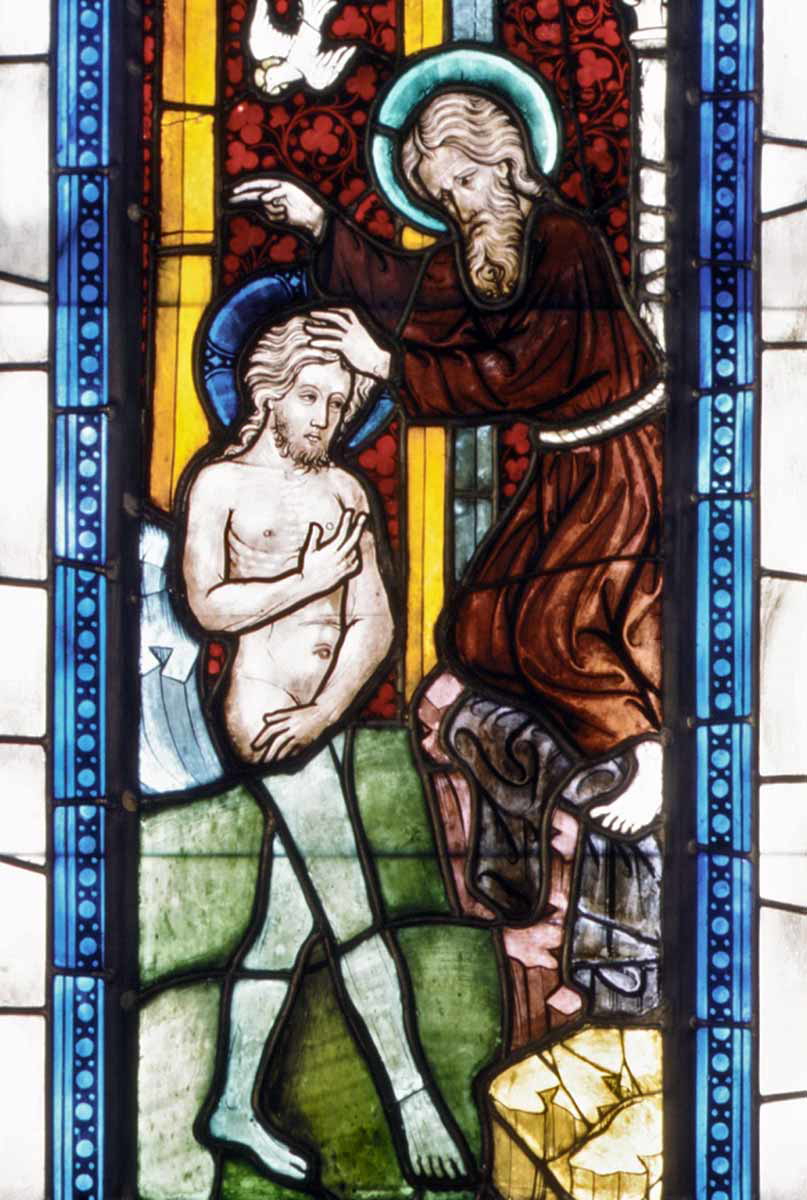
Baptism comes from the Greek term baptízō (βαπτίζω), which means “to immerse,” “to dip,” or “to submerge” and refers to immersing a new believer into water.
All four gospels mention the baptisms John the Baptist performed (Matthew 3:1-12, Mark 1:4-8, Luke 3:3-16, John 1:25-28). This baptism was “a baptism of repentance for the forgiveness of sins” and symbolized moral and spiritual renewal prefigured by the Old Testament prophet Isaiah (40:3). The recipients of this baptism were primarily Jews who would understand such a rite in the context of Old Testament purification rituals. John’s authority to perform baptisms came from the prophetic role he fulfilled, and he performed them in the River Jordan.
So, if Jesus was without sin, why did he have John baptize him? Theologians generally argue that instead of symbolizing forgiveness of sin, the baptism of Jesus marked the inauguration of his ministry. It also showed how he fully identified with the human condition and acted as an example for them to follow, much like God rested on the seventh day as an example rather than needing the rest himself. Some claim it was a way to prefigure his death and resurrection. Jesus, however, answered John on the matter, saying it was necessary “to fulfill all righteousness” (Matthew 3:13-15).
The disciples also performed this kind of baptism, though Jesus never did. John 4:1-2 says: “Now when Jesus learned that the Pharisees had heard that Jesus was making and baptizing more disciples than John (although Jesus himself did not baptize, but only his disciples)” (ESV).
The New Testament Sacrament

Baptism in Christianity is founded in Matthew 28:19, which states: “Go therefore and make disciples of all nations, baptizing them in the name of the Father and of the Son and of the Holy Spirit.” The Book of Acts mentions baptism more than 20 times, indicating that it became a common practice early in the Christian era.
Acts 19:1-5 shows that the baptism of John and baptism in the name of Jesus are two distinct rites. Paul later explained the significance of baptism in the name of Jesus: “Do you not know that all of us who have been baptized into Christ Jesus were baptized into his death? We were buried therefore with him by baptism into death, in order that, just as Christ was raised from the dead by the glory of the Father, we too might walk in newness of life. For if we have been united with him in a death like his, we shall certainly be united with him in a resurrection like his” (Romans 6:3-5).

Baptism in the name of Jesus symbolizes aspects of purification like that of John but goes beyond it to signify the death of the sinful old person and rising into a new life with Christ. It represents laying down an old life and taking up a new one. This baptism is universal and usually a once-in-a-lifetime event. It marks the initiation of the believer into the faith.
In 1 Corinthians 10:12, Paul draws a parallel between Israel being under the cloud and passing through the Red Sea, a symbolic baptism into Moses on the one hand, and Christian baptism on the other. The imagery corresponds with slavery in Egypt, which parallels slavery to sin. God saved the Israelites from the Egyptians by leading them through the Red Sea, and likewise, baptism symbolizes freedom from the bondage of sin. The imagery has multi-faceted layers of symbolism that point to deliverance, identity, and the beginning of a journey to the Promised Land (Heaven).
Baptism in the Early Church

The first three centuries of Christian history show no evidence of infant baptism. It does, however, mention that the apostles baptized whole families, which may or may not have included infants.
Records indicate that new converts to Christianity were baptized in rivers or baths by full immersion. In the 3rd century CE, some of the most notable theologians of their day supported infant baptism, among them Origen and Cyprian of Carthage.
Possibly because of the impracticality of full immersion, baptism started to change to sprinkling or pouring water on the foreheads of those baptized. During this time, the doctrine of Original Sin developed, and theologians began to believe a person had to undergo baptism to be saved. Baptism was the only way to get rid of Original Sin, and, therefore, the Church promoted baptizing infants. By the 5th century, infant baptism was universally practiced.
During the Protestant Reformation, a group of Reformers, mainly from Switzerland, Germany, and the Netherlands, rejected infant baptism as unbiblical. Their opponents called them Anabaptists, which means rebaptizers, a derogatory term pointing out that they baptized people who were baptized as infants, for a second time when they were adults. The Baptists share the sentiments of Anabaptists, though the former did not directly develop from the latter.
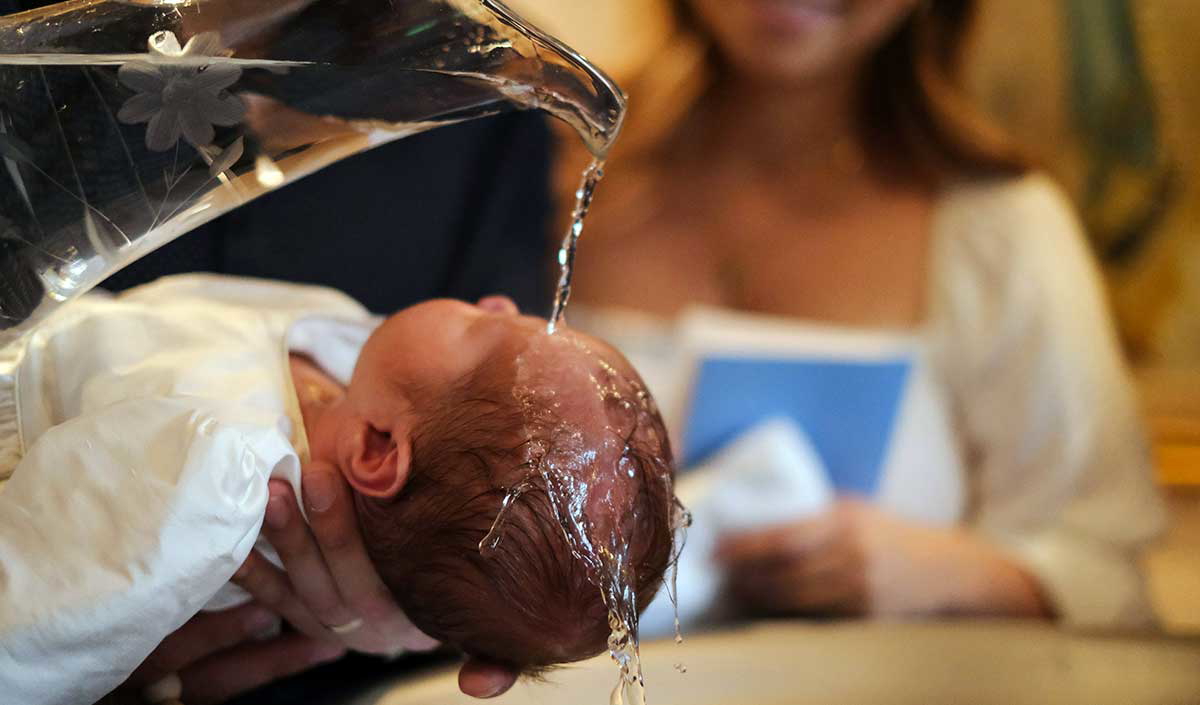
Credobaptism, from Latin credo (“I believe”), also called “believer’s baptism,” refers to the view that only those who can make a personal, conscious profession of faith in Jesus Christ can be baptized. Infants are, therefore, excluded. Even among this group, there are different forms of baptism. Some denominations believe that the baptismal candidate must be immersed only once because Christ only died and resurrected once, while others believe in immersing the new believer three times. The latter position claims the three names mentioned in Matthew 28:19 prescribe a formula for immersion.
Unlike the Catholic tradition, where baptism is a sacrament, meaning it is a means of grace, it is an ordinance in the Anabaptist and Baptist traditions, among others. An ordinance is an act of obedience and testimony, but it does not inherently confer grace or salvation. It is symbolic, pointing to spiritual realities already present in the believer. It serves as an outward expression of an inner reality that the baptized person has left behind their old life, dying to its desires and vices, and taking up a new life in and with Christ.
Baptism in Christianity: In Conclusion
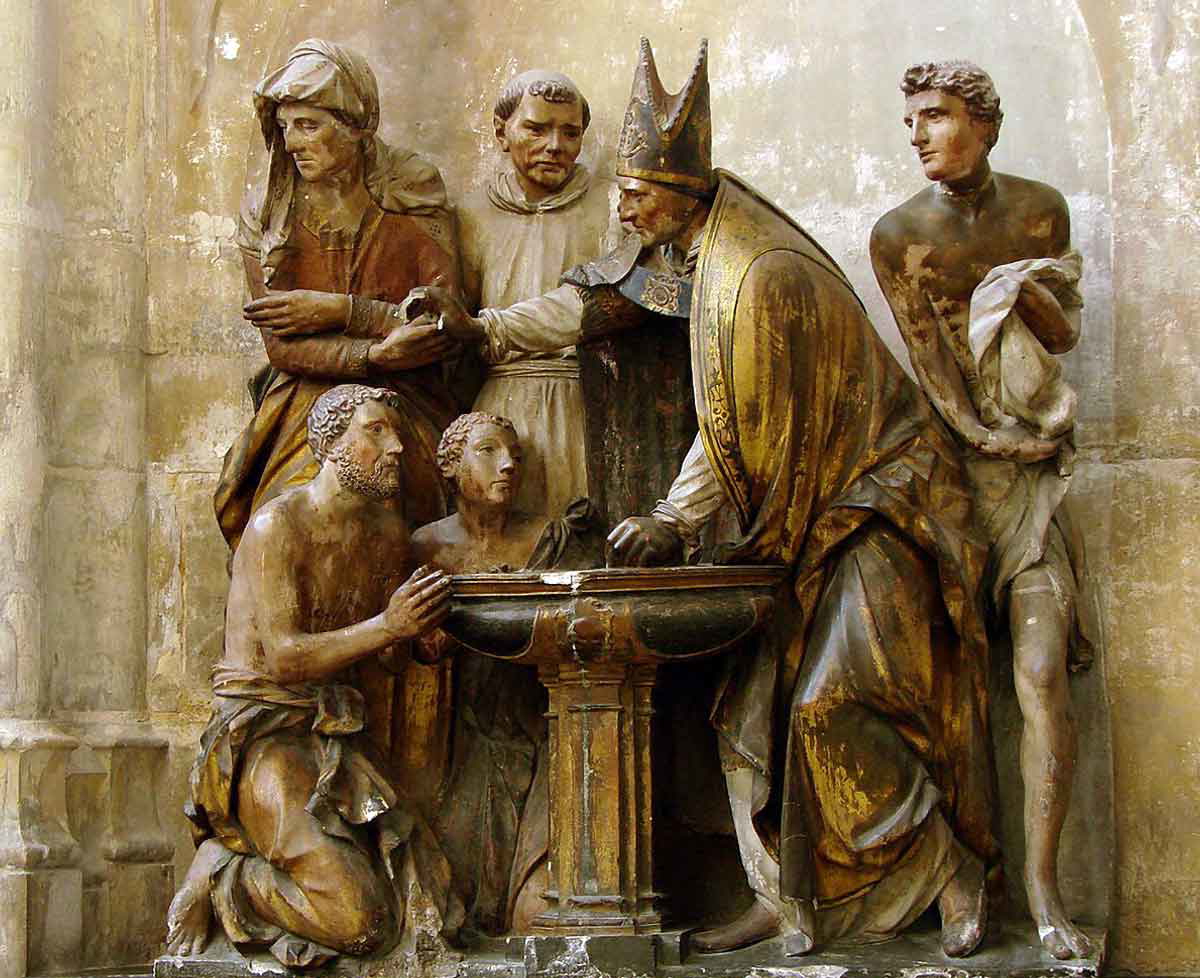
Baptism is a core event in most of Christianity. Though it has antecedents in some purification rituals of the Old Testament and is similar in practice to the baptism of John, it is distinct primarily due to its connection with the death and resurrection of Jesus Christ and holds salvific symbolism. Over the Christian era, several different forms of baptism developed, with some insisting on infant baptism, while others specifically exclude anyone from baptism if they cannot personally and consciously profess their faith in Jesus Christ. The latter group, supporting credobaptism, has different practices: either single or triple immersion.
Though the debates on baptism are far from settled, one thing is certain: it is one of the most important events in the Christian life. It marks the initiation of the new believer into the Christian fold.
